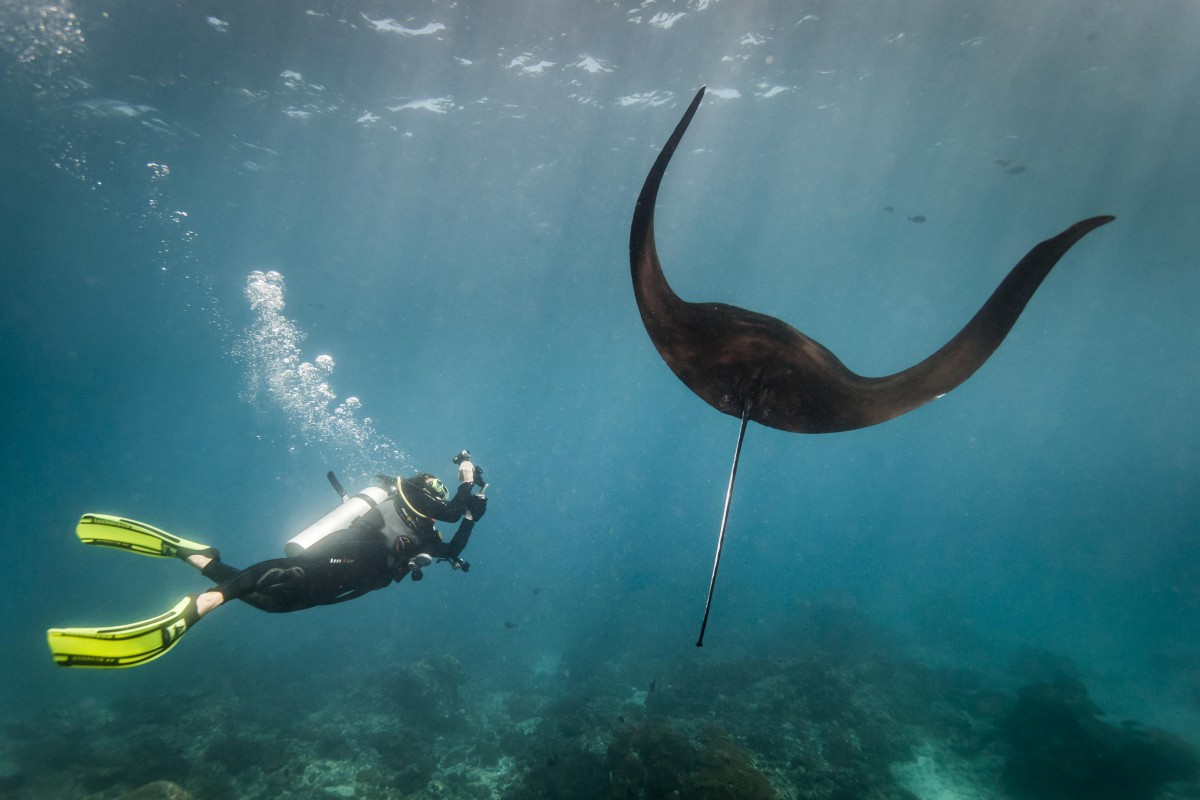Historic Advances in International Shark and Ray Conservation

Quito, Ecuador. November 9, 2014. Conservationists are rejoicing at the listing of 21 species of sharks and rays under the Appendices of the Convention on Migratory Species (CMS), made official today in the final plenary session of the Conference of Parties (CoP). With these listings, member countries agreed to grant strict protection to the reef manta, the nine devil rays, and the five sawfishes, and committed to work internationally to conserve all three species of thresher sharks, two types of hammerheads, and the silky shark.
“We are elated by the overwhelming commitment expressed by CMS Parties for safeguarding some of the world’s most imperiled shark and ray species, including the highly endangered sawfishes,” said Sonja Fordham of Shark Advocates International, a project of The Ocean Foundation. “Today’s unprecedented actions more than triple the number of shark and ray species slated for enhanced conservation initiatives.”
The proposal to list the thresher sharks was brought by the EU. Silky shark listing was proposed by Egypt. Ecuador and Costa Rica jointly proposed the two hammerhead species. Kenya put forward the sawfish proposal while both the reef manta and devil rays were proposed by Fiji. Fifty-nine of the 120 CMS Parties participated in this CoP.
“Manta and devil rays are exceptionally vulnerable to overexploitation, usually having just one pup every few years,” explained Ian Campbell from WWF, who served on the delegation of Fiji. “The Appendix I listing obligates CMS Parties to ban fishing for reef manta and all devil ray species, and reflects a responsible, precautionary approach in light of their inherent susceptibility to depletion.”
Listing on CMS Appendix I commits countries to strictly protect species while Appendix II listing encourages international cooperation towards conservation of shared species. The rays (including sawfishes) were listed under both Appendices while the six shark species were added to Appendix II.
“From hammerheads of the Galapagos to threshers in the Philippines, sharks are incredibly popular attractions for divers,” noted Ania Budziak of Project AWARE. “With increasing recognition of the economic benefits of associated tourism, divers’ voices are playing a key role in winning protections for these iconic species.”
While consensus to advance the sawfish, devil ray, hammerhead, and thresher shark proposals was reached in Committee, Peru and Chile at the time expressed opposition to listing silky sharks on CMS Appendix II. In the final plenary session, however, the two countries did not voice resistance, thereby clearing the way for adoption.
“We could not be more pleased that, in the end, all of the proposals to list sharks and rays under CMS were adopted, and yet we stress that the benefits of such listings depend on concrete follow-up action by the Parties,” said Amie Brautigam of the Wildlife Conservation Society. “We urge countries to channel the overwhelming concern for sharks and rays demonstrated at this historic meeting into leadership towards national protections and regional limits on fishing.”
The CMS Parties also agreed a Resolution encouraging improved data collection and fisheries management for sharks and rays.
Fact sheets on the newly listed species and how the listings might help them can be found here.
Photo courtesy of Steve Woods Underwater Photography




